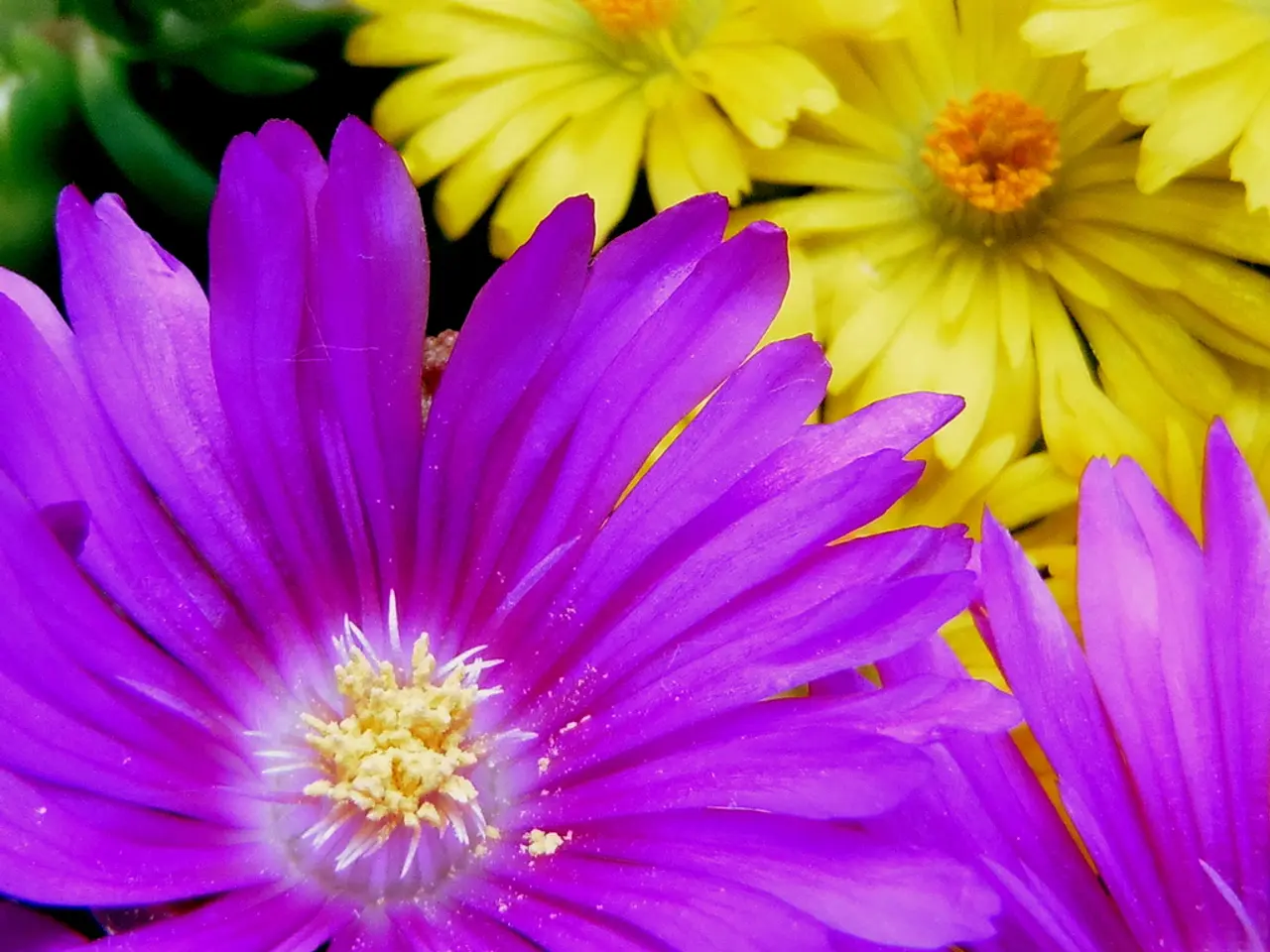Writing Wishes for Tanabata on Vibrant Paper (Tanzaku)
The Tanabata Star Festival, a beloved summer tradition in Japan, dates back over 2,000 years and is steeped in an ancient Chinese legend. At its heart is a story of two star-crossed lovers, Orihime, a weaver princess, and Hikoboshi, a cowherder, who lived on opposite sides of the Milky Way and were separated due to their distraction from their duties. The stars Vega and Altair represent Orihime and Hikoboshi, respectively, and their annual reunion on July 7th is a symbol of love and hope[1][2][3].
Traditionally, the Tanabata festival is marked by the writing of wishes, often related to love, success, or personal aspirations, on small, colorful strips of paper called tanzaku. These paper wishes are then hung on bamboo branches, which are adorned with other colorful ornaments. The festival is a visual spectacle, with streets adorned with vibrant streamers and decorations that flutter in the summer breeze, creating an atmosphere of joy and anticipation for the lovers' reunion[3][1].
Modern practices of the festival continue to emphasize this romantic and hopeful spirit. Celebrations typically occur on July 7th, though in some regions in Japan, the festival is observed in late July or early August according to the lunar calendar. Many Japanese cities host elaborate Tanabata festivals featuring parades, beautiful displays of tanzaku, bamboo decorations, and sometimes fireworks. People continue to write their wishes on tanzaku as a key element of the celebration, hoping their dreams will come true just like the lovers' annual reunion across the stars[3][1].
The colours of the tanzaku are based on the five elements in Chinese cosmology: wood, fire, earth, metal, and water, with each colour representing a different element. The original black color, connected with water, is not considered lucky in Japan and was replaced with purple in the tradition[4].
As the festival approaches, public displays of tanzaku may be in place for several weeks, adding to the festive atmosphere. The Tanabata festival remains a popular cultural and social event throughout Japan, blending traditional folklore with community festivities[1][2][3].
In summary:
| Aspect | Detail | |------------------------|----------------------------------------------------------------------------------------------| | **Origins** | Based on a 2000-year-old Chinese legend of Orihime and Hikoboshi, lovers separated by Milky Way | | **Cultural Symbolism** | Stars Vega (Orihime) and Altair (Hikoboshi), meeting once yearly on July 7 | | **Traditions** | Writing wishes on tanzaku papers, hanging them on bamboo branches, colorful decorations | | **Colors** | Based on the five elements in Chinese cosmology: wood, fire, earth, metal, and water | | **Modern Practices** | Festival on/around July 7, decorated streets, parades, public celebrations, continuation of wishing tradition |
The Tanabata Star Festival is a celebration of a legendary bond of love between the weaver star and cowherder star, a time for expressing personal wishes and hopes, and a beautiful blend of tradition and community spirit in Japan.
- The vibrant colors of the tanzaku used during the Tanabata Star Festival are based on the five elements in Chinese cosmology, each representing a different element, symbolizing a connection between the contemporary practice and ancient Chinese beliefs.
- At the heart of the festivities, people continue to write personal wishes on tanzaku papers, a tradition that is both a nod to the original Chinese legend and a reflection of the festival's emphasis on dreams, love, and personal aspirations, intertwining with lifestyle and self-development.
- The Tanabata Star Festival, with its emphasis on fashion-and-beauty through colorful decorations, food-and-drink as a community gathering, and relationships as it celebrates a legendary tale of star-crossed lovers, showcases a rich tapestry of Japanese culture and lifestyle.




